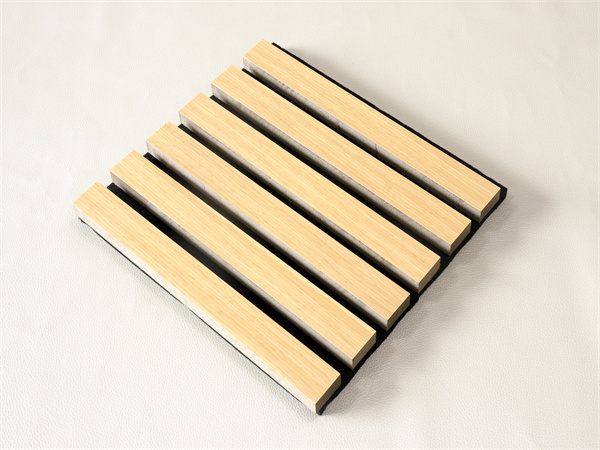No. 19 Anle South Road, Jinpan Village, Zhongluotan Town, Baiyun District, Guangzhou City, Guangdong Province
+86 13678909717
No. 19 Anle South Road, Jinpan Village, Zhongluotan Town, Baiyun District, Guangzhou City, Guangdong Province
+86 13678909717
In today's world, noise pollution has become a significant concern, affecting our health, productivity, and overall well-being. Soundproofing materials play a crucial role in reducing noise levels and creating a peaceful environment. With the increasing demand for soundproofing solutions, various types of sound absorbing materials have emerged. In this article, we will discuss the different types of soundproofing materials, their applications, prices, and how to customize them for your specific needs.
1. Acoustic Foam Panels
Acoustic foam panels are one of the most popular soundproofing materials due to their ease of installation and affordability. They are made from polyurethane foam and are designed to absorb sound waves, reducing echoes and reverberations. Acoustic foam panels are commonly used in recording studios, home theaters, offices, and classrooms. The price of acoustic foam panels varies depending on the thickness, density, and size. Generally, they range from $10 to $50 per square foot.
2. Mineral Wool Panels
Mineral wool panels are another type of soundproofing material that is highly effective in reducing sound transmission. They are made from rock wool fibers and are denser than acoustic foam panels. Mineral wool panels are ideal for soundproofing walls, ceilings, and floors in residential and commercial buildings. The price of mineral wool panels varies depending on the thickness and density. They typically cost between $20 and $100 per square foot.
3. Sound Absorbing Ceiling Tiles
Sound absorbing ceiling tiles are designed to reduce noise levels in drop-down ceilings. They are made from lightweight materials such as fiberglass or polyester and come in various colors and patterns to match any decor. Sound absorbing ceiling tiles are commonly used in restaurants, hotels, hospitals, and call centers. The price of sound absorbing ceiling tiles varies depending on the size and material. They generally cost between $10 and $50 per tile.
4. Bass Traps
Bass traps are specialized soundproofing materials that are designed to reduce low-frequency sounds, such as bass frequencies from music or machinery. They are typically made from fiberglass or rubber and are shaped like pyramids or wedges. Bass traps are commonly used in music studios, theaters, and nightclubs. The price of bass traps varies depending on the size and material. They generally cost between $20 and $100 each.
To customize sound absorbing materials for your specific needs, you can choose from various options such as:
1. Thickness: Depending on the level of sound reduction required, you can choose materials with varying thicknesses. Thicker materials tend to be more effective at reducing sound transmission but may also be more expensive.
2. Density: Materials with higher densities tend to be more effective at absorbing sound waves. However, they may also be heavier and more difficult to install.
3. Size: Sound absorbing materials come in various sizes to fit different spaces. You can choose materials that are tailored to the dimensions of your room or space for optimal sound reduction.
4. Shape: Some soundproofing materials come in custom shapes to fit unique spaces or design requirements. For example, you can opt for curved panels or corner blocks to cover hard-to-reach areas.
5. Color and Pattern: To match your decor or aesthetic preferences, you can choose sound absorbing materials in various colors and patterns. This not only improves the appearance of your space but also helps to blend the soundproofing materials seamlessly into your environment.

Soundproofing your space is essential for creating a peaceful and productive environment. By choosing the right type of sound absorbing material and customizing it to suit your specific needs, you can effectively reduce noise levels and enjoy a quieter, more comfortable living or working space.